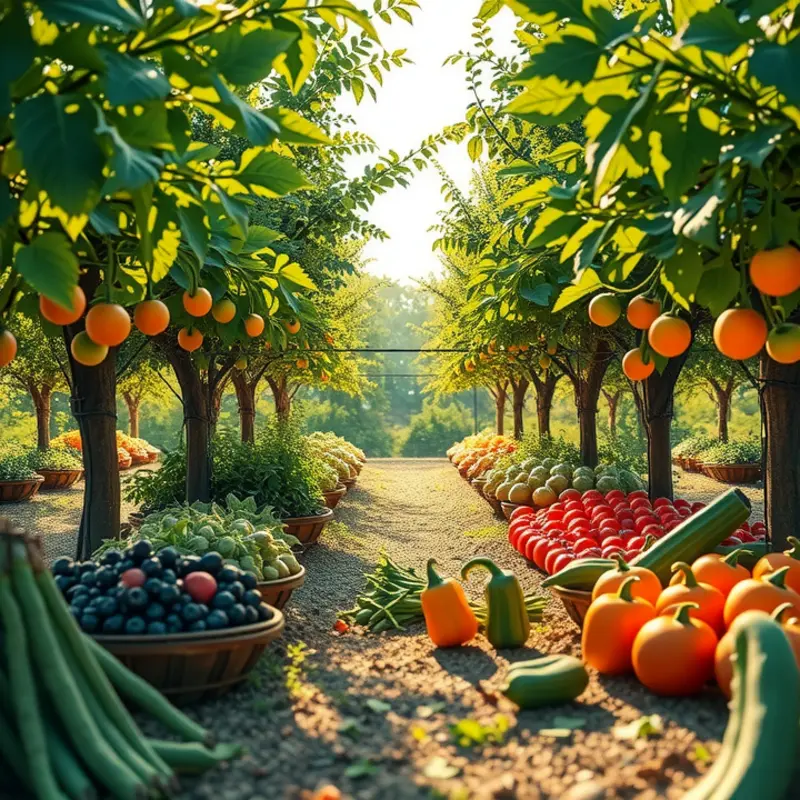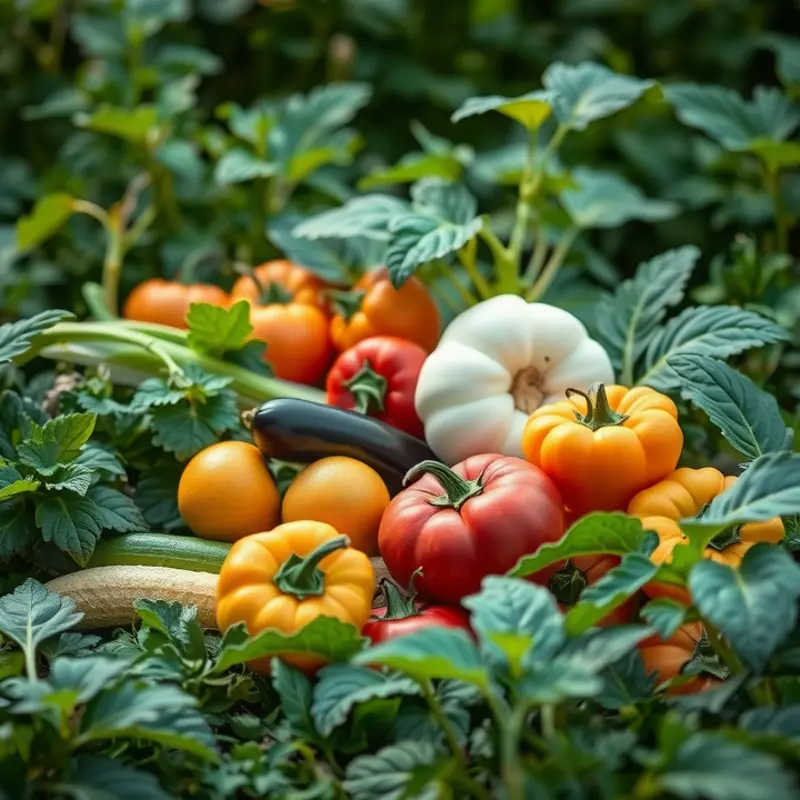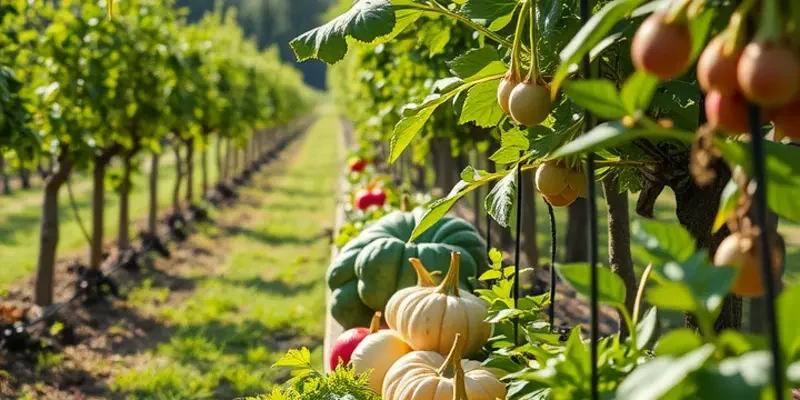Storing homemade meals safely isn’t just about avoiding waste; it’s about ensuring that every meal is tasty and nutritious. With practical tips on storage techniques, you can enhance food management at home. This guide will explore ways to keep your homemade dishes fresh while minimizing spoilage and waste, allowing you to enjoy your culinary creations for longer.
Mastering the Art of Meal Storage

Storing homemade meals effectively involves more than simple refrigeration or freezing; it’s about understanding the dynamics of food preservation. The key to maintaining meal freshness and safety lies in knowing the ideal methods for each type of dish.
Refrigeration: A staple in every kitchen, this method provides short-term preservation for meals. To ensure optimal cooling, set your refrigerator to a temperature of 35 to 38 degrees Fahrenheit (1.7 to 3.3 degrees Celsius). Always use airtight containers to prevent moisture and odors from affecting the quality of your meals. Glass containers are preferable as they do not retain stains or odors. Make sure to cool the food to room temperature before refrigeration to avoid condensation, which can create bacterial growth.
Freezing: For long-term storage, freezing is unparalleled. The general rule is to wrap the food tightly, preventing exposure to air, which can lead to freezer burn. Use freezer bags, ensuring to expel as much air as possible. Alternatively, airtight containers designed for freezing can be utilized. Label items with the date of freezing to track their storage duration, typically up to three months for best taste and texture.
Packaging Techniques: Proper packaging not only preserves freshness but also safeguards against contamination. Using reusable silicone bags or beeswax wraps can be an eco-friendly approach. Ensure that each package is leak-proof and resistant to both air and humidity. When storing soups or stews, leave about an inch of space at the top of containers to allow for expansion during freezing.
Portion Control: Consider storing meals in single servings. This technique not only reduces waste but also ensures quicker and safer reheating. Dividing meals into portions also helps in maintaining consistency in flavors and nutrient retention. For instance, freezing individual portions of sauces can save time and space, helping you achieve the perfect measure every time.
Reheating: When ready to consume, ensure that leftovers are heated to a safe temperature of 165 degrees Fahrenheit (74 degrees Celsius). This is essential to reduce the risk of foodborne illnesses. Stir soup or stew occasionally while reheating to ensure even heating. For more tips on properly storing sauces to minimize waste, take a look at these safer storage methods here.
Safeguarding your homemade dishes through impeccable storage techniques can transform how long you can enjoy your culinary creations. By adhering to these practices, you’ll cultivate a kitchen culture of efficiency and safety, ensuring that each meal is as delightful as the day it was cooked.
Smart Strategies to Reduce Waste

Reducing waste in the kitchen is as much about creativity as it is about mindfulness. Repurposing leftovers not only saves money but also caters to imaginative cooking. Transforming a roast from Sunday into a hearty stew for the week is one example. Soups, casseroles, and stir-fries are fantastic ways to give new life to what may seem like yesterday’s meal.
Meal planning is crucial to efficiently reduce food waste. Begin by assessing your pantry before heading to the grocery store. Building meals around what you already have ensures nothing sits unused. Planning meals based on available ingredients also inspires culinary creativity. When cooking, avoid falling into the trap of overestimating portion sizes. Preparing the right amount prevents leftover waste.
Understanding expiration dates is another essential aspect of waste reduction. Familiarize yourself with terms like “sell by,” “use by,” and “best before,” which often confuse consumers. “Sell by” is a guideline for stores, while “use by” indicates the point after which the food’s quality may not be optimal. However, many items are still safe to consume past this date. “Best before” signifies the peak quality duration. Learning the difference ensures that foods are used efficiently, reducing unnecessary disposal. More insights about safer practices can be found here.
Proper storage extends the life of your ingredients and meals, keeping them fresh longer. Invest in airtight containers to preserve homemade meals and leftovers. Correct storage conditions, such as maintaining optimal temperatures in your refrigerator, are key. Place foods in visible areas to avoid forgetfulness, minimizing spoilage from long-forgotten items. Being eco-smart about storage can further aid in your efforts to reduce waste.
Freezing meals is a great technique for preserving both convenience and nutrition. Label frozen items with the name and date to track their shelf life easily. Most meals freeze well, maintaining texture and flavor over time. When possible, divide meals into smaller portions before freezing, ensuring faster defrosting and less waste.
Ultimately, reducing waste is about awareness and small, thoughtful actions. Each step contributes positively towards an eco-friendly and economically conscious kitchen. By planning, understanding, and storing food wisely, you create a harmonious kitchen environment where nothing goes to waste.
Final words
Storing homemade meals safely is an essential part of food management that benefits both your health and your wallet. By mastering meal storage techniques and implementing strategies to minimize waste, you can savor your culinary creations for longer periods while being mindful of the environment. With the right practices in place, your kitchen will become a hub for sustainability and deliciousness, ensuring that every meal is enjoyed. Start today, and see how these small changes make a significant impact on your cooking and eco-friendly habits.







